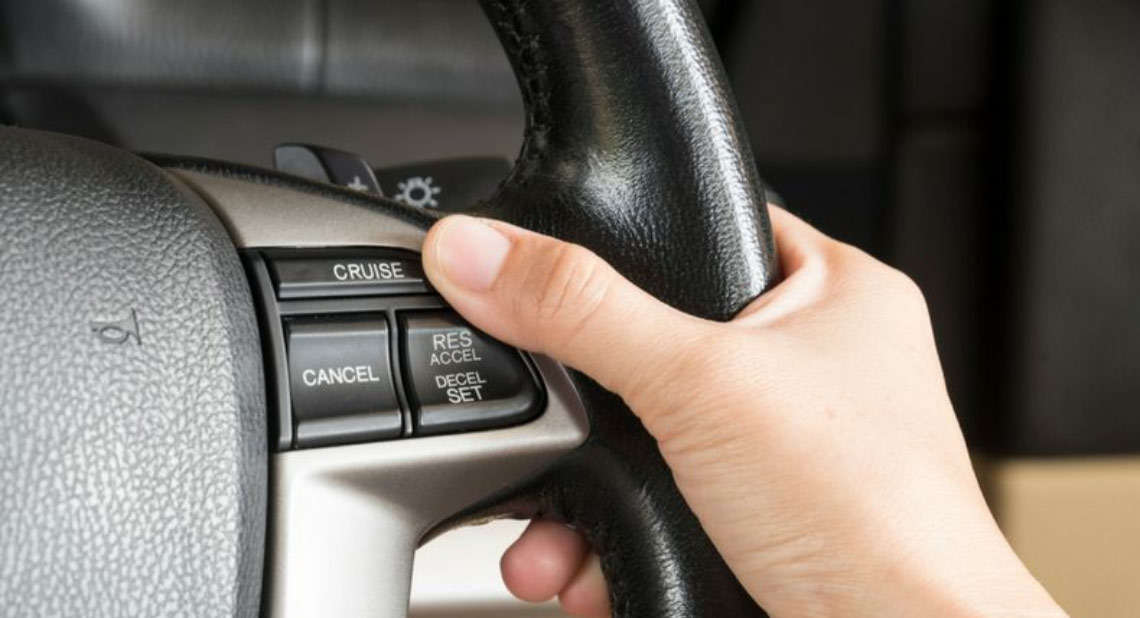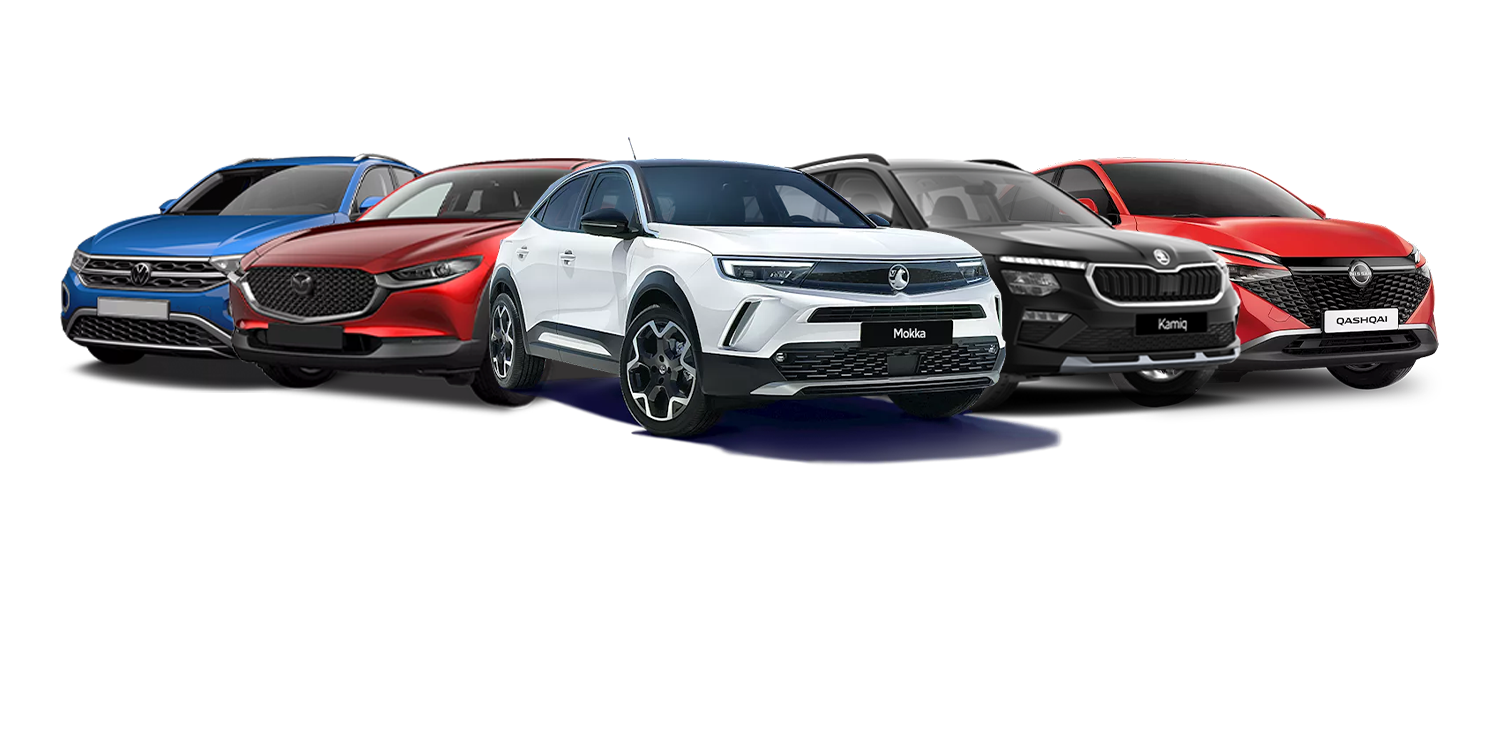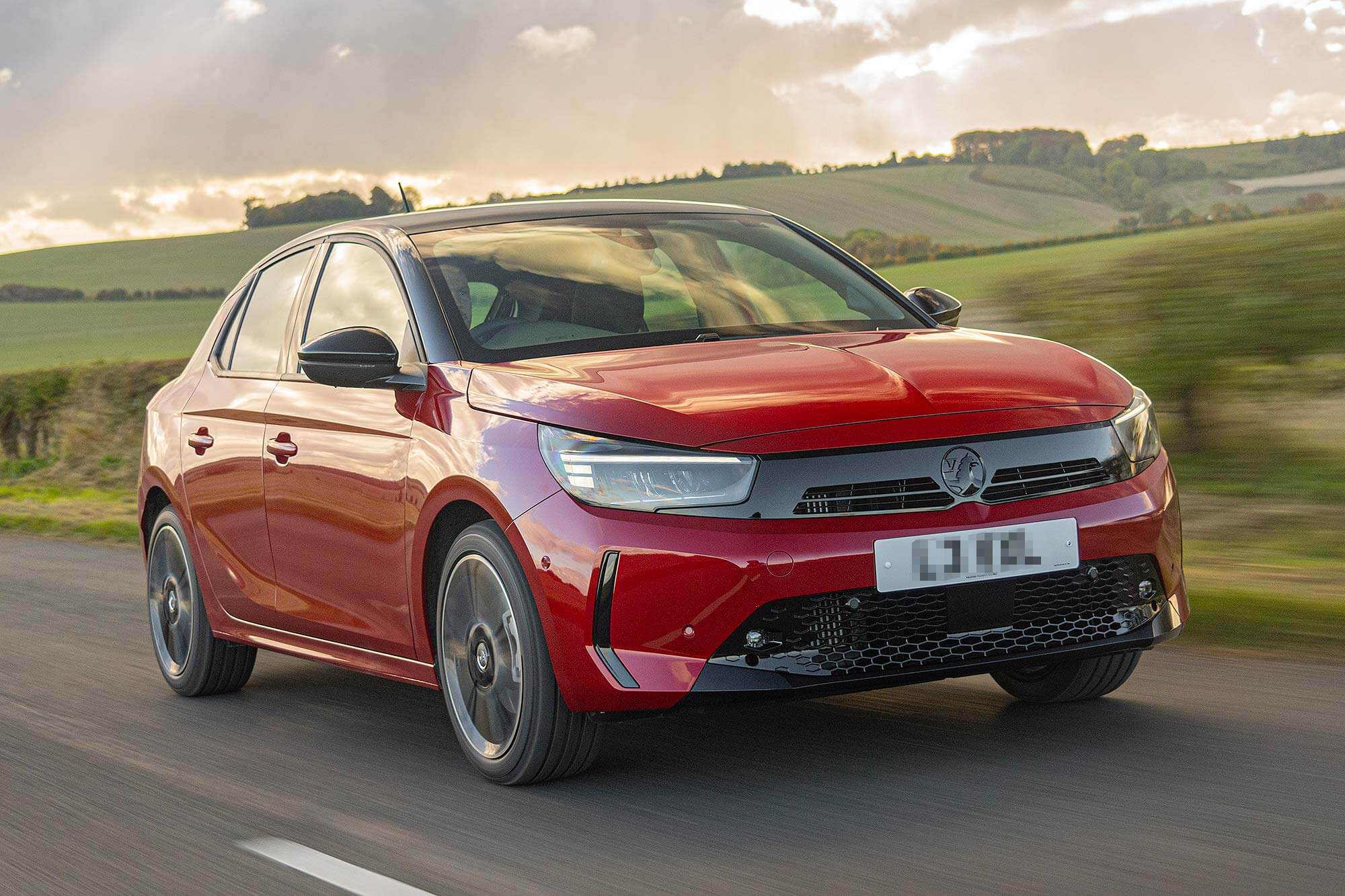Today, cruise control can be found in lots of cars. It makes driving more manageable and it increases fuel efficiency by keeping the speed of the vehicle stable, regulating speed without you needing to keep your foot on the accelerator pedal.
The technology was once only found in top luxury cars, but as cruise control has become less expensive to fit, more and more manufacturers have incorporated it in more affordable models. These days, it is often featured in even small city cars as well as larger family vehicles. Here’s the latest development of this exciting technology: Predictive Cruise Control.
The history of cruise control
Due to the popularity of cruise control, car makers have improved it so that new functionalities have emerged. First, there was a basic keep-to-a-fixed-speed system that was then followed by Adaptive Cruise Control (also known as Active Cruise Control). With this technology, cameras and radar would work together to aid acceleration and braking to keep you a calculated distance from the car in front.
How it works
Fundamentally, Predictive Cruise Control works like this: your vehicle understands where it is and is aware of what is coming up. For example, the system will know there are bends, crossroads or roundabouts on the road ahead and your car will amend its speed correspondingly.
But how does Predictive Cruise Control make your car so smart? Well, it is all to do with navigation data and sensors working hard together behind the scenes. It uses cutting-edge GPS technology to establish the precise location of the vehicle and to know which driving conditions need be taken into consideration over the next one to two kilometres.
As an example of the technology in action, imagine there is a corner ahead that may be too tight for your car to handle at your current speed. The system knows it is coming up to it, what is ahead and the rate it will be slowing down towards and will tell you via a message on the information display. It will do this even if the route hasn’t already been entered into the satellite navigation system.
You’re still in charge
Of course, like any technology, Predictive Cruise Control is not flawless. Its effectiveness depends on the various sensors having a clear view of the road ahead and it containing the navigation data it needs. It is an excellent driver aid, but it should never be used as something that can do all the driving for you.
How to use Predictive Cruise Control
- Usually, you will find the predictive cruise control switch on the steering wheel. You switch it on or off from here — there is no separate switch.
- You don’t need to rely on the sat nav as the cruise control will steer you towards your end point.
- The system automatically responds to driving conditions ahead, essentially braking, accelerating and changing gears for you, thereby improving fuel efficiency.
Where is it available?
Currently, Mercedes-Benz leads the way with Predictive Cruise Control on its flagship luxury S-Class limousine. However, just as we saw with the first ever cruise control technology, more mainstream companies such as Volkswagen steadily are starting to roll it out in their cars. Although it isn’t available on any cars on the Motability Scheme yet, it is expected to become more accessible in the future.
Browse the cars that are currently available on the Motability Scheme by using our car search tool.The Scheme enables you to exchange your mobility allowance for leasing a car, powered wheelchair or scooter. Find out about the perks of being a Scheme customer and find out if you can join with our eligibility checker.
Related articles
Cruise control and adaptive cruise control: the complete guide
How Advanced Driver Assistance Systems (ADAS) can help drivers with disabilities
How technology can help make driving easier for disabled motorists
![]()





